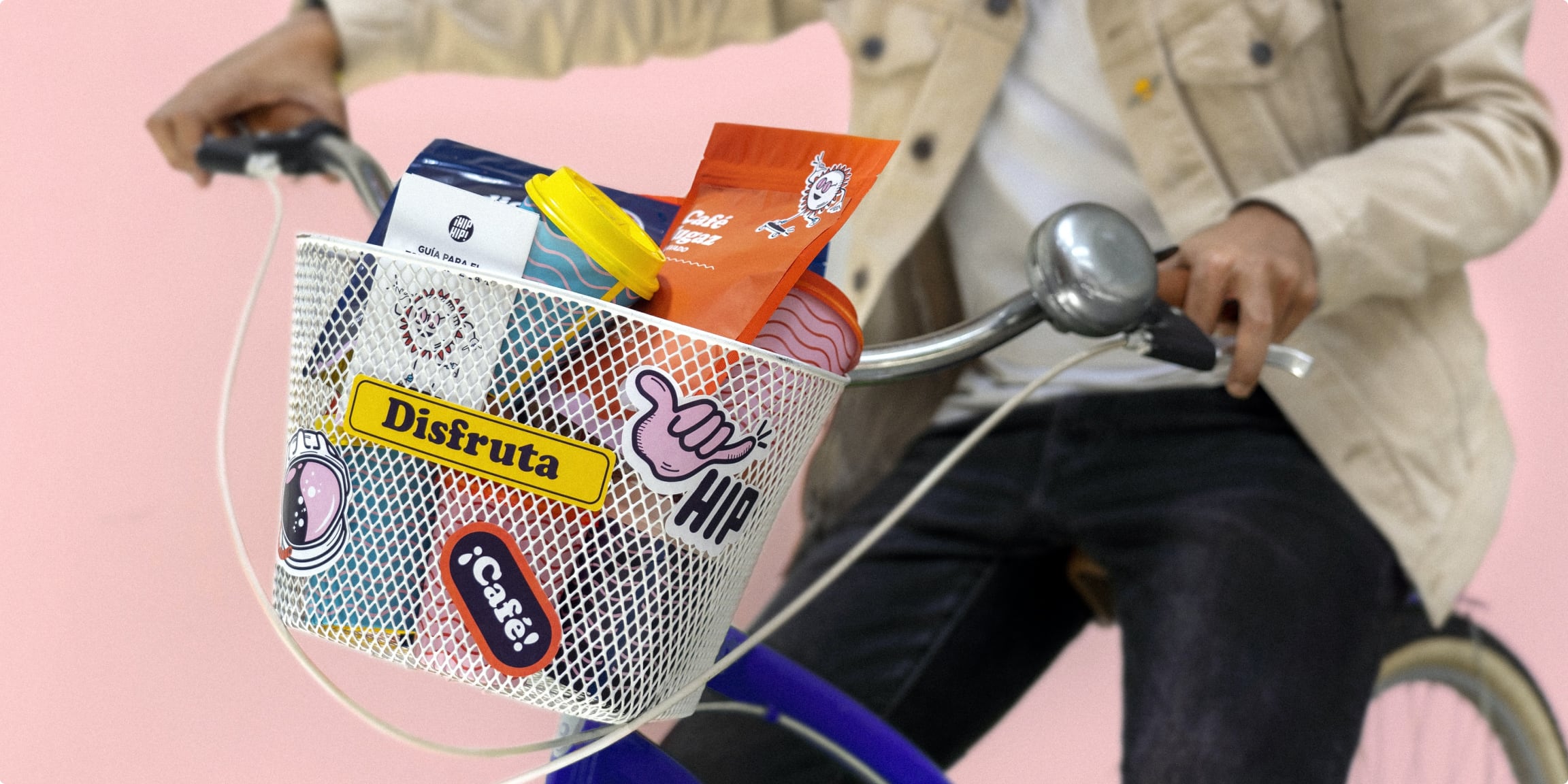



In the intricate landscape of product development, the iterative design process emerges as an indispensable approach, recognizing that achieving perfection is not a static goal but an ever-evolving journey. This article delves into the power of iterative design, exploring how this methodology fosters continuous improvement, ensuring that your products evolve dynamically to meet market demands and surpass user expectations.
Embarking on the path of iterative design is an acknowledgment that product perfection is a process rather than a destination. This dynamic methodology involves constant refinement, allowing your team to adapt, learn, and enhance your products over time.
The iterative design approach
In the dynamic realm of product development, the iterative design process stands as a fundamental approach for achieving and maintaining excellence. This methodology acknowledges that perfecting a product is not a one-time accomplishment but a continuous process of enhancement and adaptation.
Embracing continuous refinement
Iterative design thrives on the concept of continuous refinement. Instead of viewing a product as static, consider it as a work in progress. Embrace the iterative cycle, where user feedback becomes a guiding force for enhancements. This constant loop of refinement ensures that your product not only meets but exceeds customer expectations.
The role of user feedback
At the heart of iterative design is the integration of user feedback at every stage of development. Actively seek insights from your target audience, understanding their experiences and preferences. By incorporating user-centered design principles, your product becomes a solution finely tuned to the needs and pain points of your audience.
Testing prototypes for real-world viability
Prototypes serve as tangible embodiments of your ideas. Testing these prototypes provides invaluable insights into their real-world viability. Collaborative platforms like Figma or InVision enable your team to create and test prototypes seamlessly. This iterative testing process ensures that your product undergoes necessary adjustments, aligning it with the practical demands of the market.
Embracing iterative design is not just a methodology; it's a mindset that fosters a culture of continuous improvement within your creative team. By understanding that perfection is an ongoing journey, your products can stay dynamic, responsive, and truly attuned to the ever-evolving needs of your users.
In conclusion, iterative design is the compass that guides your product development journey, ensuring that each iteration brings you closer to perfection in response to the evolving landscape of user expectations and market dynamics.
In the intricate landscape of product development, the iterative design process emerges as an indispensable approach, recognizing that achieving perfection is not a static goal but an ever-evolving journey. This article delves into the power of iterative design, exploring how this methodology fosters continuous improvement, ensuring that your products evolve dynamically to meet market demands and surpass user expectations.
Embarking on the path of iterative design is an acknowledgment that product perfection is a process rather than a destination. This dynamic methodology involves constant refinement, allowing your team to adapt, learn, and enhance your products over time.
The iterative design approach
In the dynamic realm of product development, the iterative design process stands as a fundamental approach for achieving and maintaining excellence. This methodology acknowledges that perfecting a product is not a one-time accomplishment but a continuous process of enhancement and adaptation.
Embracing continuous refinement
Iterative design thrives on the concept of continuous refinement. Instead of viewing a product as static, consider it as a work in progress. Embrace the iterative cycle, where user feedback becomes a guiding force for enhancements. This constant loop of refinement ensures that your product not only meets but exceeds customer expectations.
The role of user feedback
At the heart of iterative design is the integration of user feedback at every stage of development. Actively seek insights from your target audience, understanding their experiences and preferences. By incorporating user-centered design principles, your product becomes a solution finely tuned to the needs and pain points of your audience.
Testing prototypes for real-world viability
Prototypes serve as tangible embodiments of your ideas. Testing these prototypes provides invaluable insights into their real-world viability. Collaborative platforms like Figma or InVision enable your team to create and test prototypes seamlessly. This iterative testing process ensures that your product undergoes necessary adjustments, aligning it with the practical demands of the market.
Embracing iterative design is not just a methodology; it's a mindset that fosters a culture of continuous improvement within your creative team. By understanding that perfection is an ongoing journey, your products can stay dynamic, responsive, and truly attuned to the ever-evolving needs of your users.
In conclusion, iterative design is the compass that guides your product development journey, ensuring that each iteration brings you closer to perfection in response to the evolving landscape of user expectations and market dynamics.
In the intricate landscape of product development, the iterative design process emerges as an indispensable approach, recognizing that achieving perfection is not a static goal but an ever-evolving journey. This article delves into the power of iterative design, exploring how this methodology fosters continuous improvement, ensuring that your products evolve dynamically to meet market demands and surpass user expectations.
Embarking on the path of iterative design is an acknowledgment that product perfection is a process rather than a destination. This dynamic methodology involves constant refinement, allowing your team to adapt, learn, and enhance your products over time.
The iterative design approach
In the dynamic realm of product development, the iterative design process stands as a fundamental approach for achieving and maintaining excellence. This methodology acknowledges that perfecting a product is not a one-time accomplishment but a continuous process of enhancement and adaptation.
Embracing continuous refinement
Iterative design thrives on the concept of continuous refinement. Instead of viewing a product as static, consider it as a work in progress. Embrace the iterative cycle, where user feedback becomes a guiding force for enhancements. This constant loop of refinement ensures that your product not only meets but exceeds customer expectations.
The role of user feedback
At the heart of iterative design is the integration of user feedback at every stage of development. Actively seek insights from your target audience, understanding their experiences and preferences. By incorporating user-centered design principles, your product becomes a solution finely tuned to the needs and pain points of your audience.
Testing prototypes for real-world viability
Prototypes serve as tangible embodiments of your ideas. Testing these prototypes provides invaluable insights into their real-world viability. Collaborative platforms like Figma or InVision enable your team to create and test prototypes seamlessly. This iterative testing process ensures that your product undergoes necessary adjustments, aligning it with the practical demands of the market.
Embracing iterative design is not just a methodology; it's a mindset that fosters a culture of continuous improvement within your creative team. By understanding that perfection is an ongoing journey, your products can stay dynamic, responsive, and truly attuned to the ever-evolving needs of your users.
In conclusion, iterative design is the compass that guides your product development journey, ensuring that each iteration brings you closer to perfection in response to the evolving landscape of user expectations and market dynamics.


